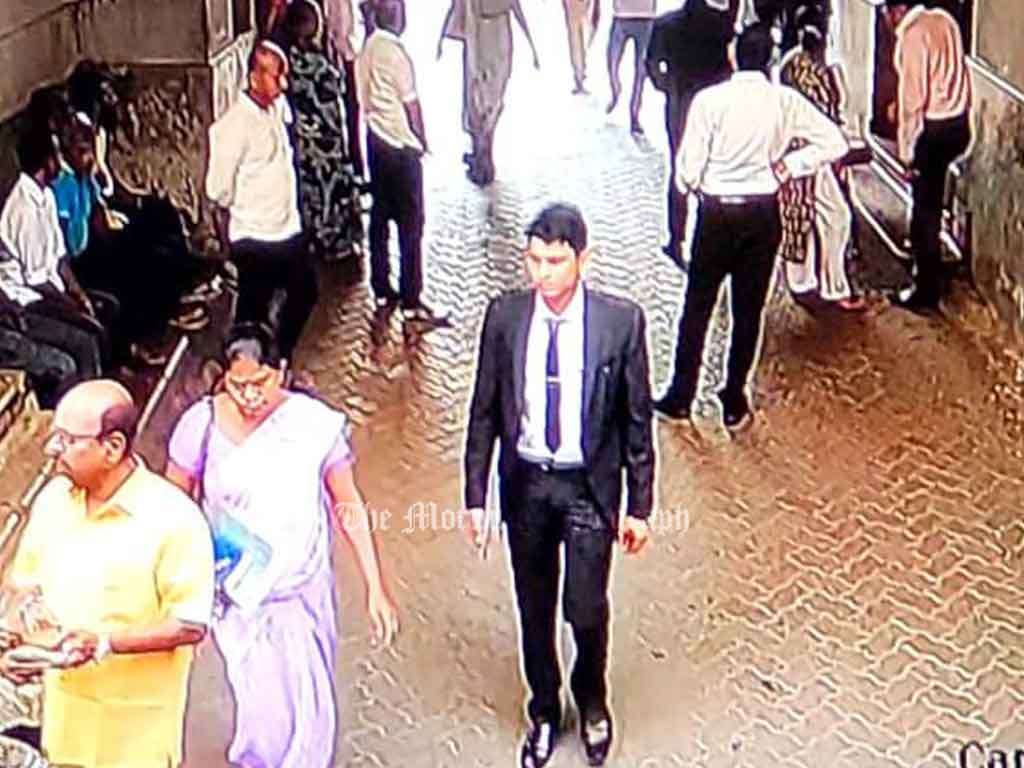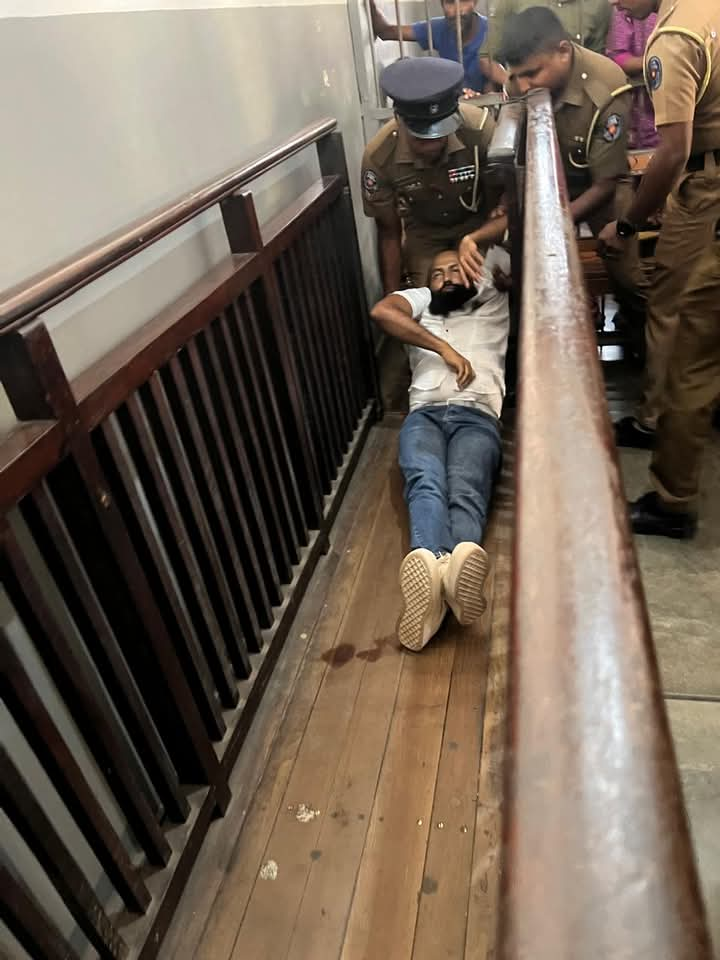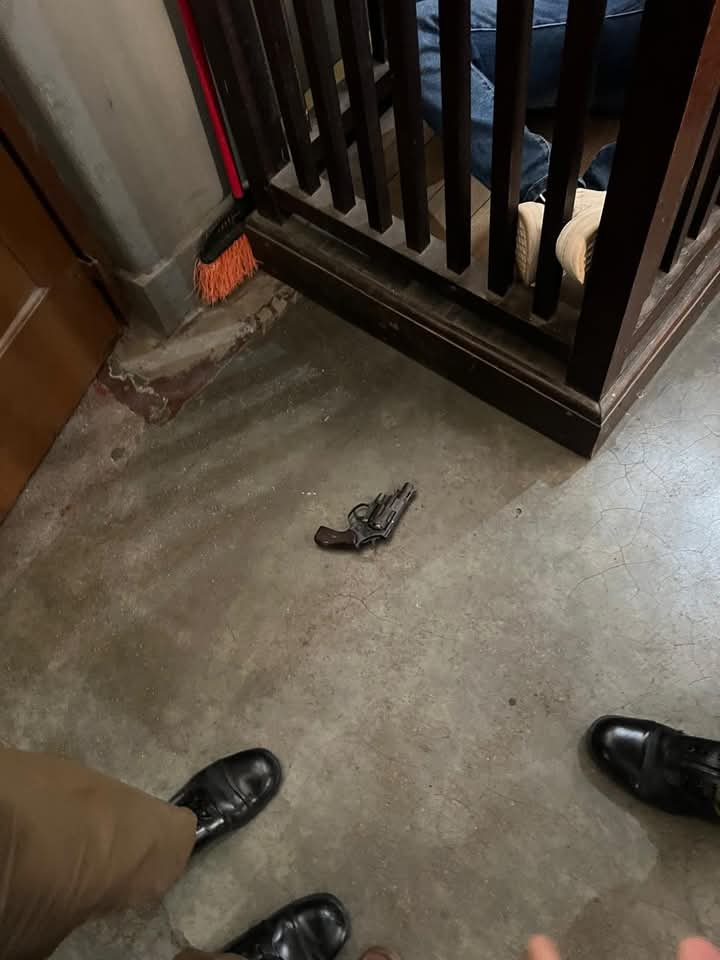
Alledged Hitman Entering Court Dressed as a Fake Lawyer
The assassination of notorious drug trafficker ‘Ganemulle Sanjeewa’ within Colombo’s Magistrates Court Number 5 earlier today has exposed significant security vulnerabilities within Sri Lanka’s judicial court house premises.
The assailant, masquerading as a lawyer, infiltrated the courthouse, smuggled in a concealed firearm, executed the attack and murder to perfection during active court proceedings, disposed of the weapon inside the court house and escaped.
This brazen act raises critical concerns about the efficacy of current security protocols, especially regarding the verification of individuals entering sensitive areas of the court.

At the time of the incident, the court complex was particularly crowded due to the Bar Association election to select a President at the District Court Complex, with numerous lawyers from across the country in attendance.
This bustling environment provided the assailant an opportunity to conceal his true identity to enter the premise undetected and execute the attack and flee.

At the time of this incident “Ganemulla Sanjeewa,” who had been remanded at Boosa Prison, was escorted to court this morning for his proceedings.
To address these vulnerabilities, it is imperative to implement stringent security measures. The National Center for State Courts (NCSC) recommends several best practices for court building security:
- Enhanced Screening Procedures: All entrants, including legal professionals, should undergo thorough security screenings. This includes the use of metal detectors and baggage scanners to detect concealed weapons.
- Identification Verification: Implement a robust system for verifying the identities and credentials of all individuals entering the courthouse. Issuing tamper-proof identification badges to authorized personnel can aid in distinguishing them from unauthorized entrants.
- Surveillance Systems: Install comprehensive CCTV coverage throughout the courthouse, particularly at entry points and within courtrooms, to monitor activities and deter potential threats.
- Controlled Access Points: Limit the number of entry and exit points to ensure that all individuals pass through designated security checkpoints. This reduces the risk of unauthorized access.
- Emergency Response Protocols: Develop and regularly update emergency response plans. Conduct routine drills to ensure that security personnel and court staff are prepared to respond effectively to various threats.
- Training for Security Personnel: Provide specialized training for court security officers to recognize and handle potential security breaches, including the identification of fraudulent credentials.
Implementing these measures requires a collaborative effort between the judiciary, law enforcement agencies, and government bodies to allocate necessary resources and prioritize the safety of all court participants. By adopting these best practices, Sri Lanka can work towards restoring confidence in the security of its judicial system and preventing future incidents that compromise the integrity of legal proceedings.





These is a remote incident meaning time again such are happening and not the first time in SL. Therefore without making the Court, which is a Public Place a high security installation, tackle it with out involving court premises. Such as notorious gang member cases could be heard at a makeshift court premises at Welikada Prison. Or you may call the cases on Zoom. Like wise there numerous ways of finding a solution.